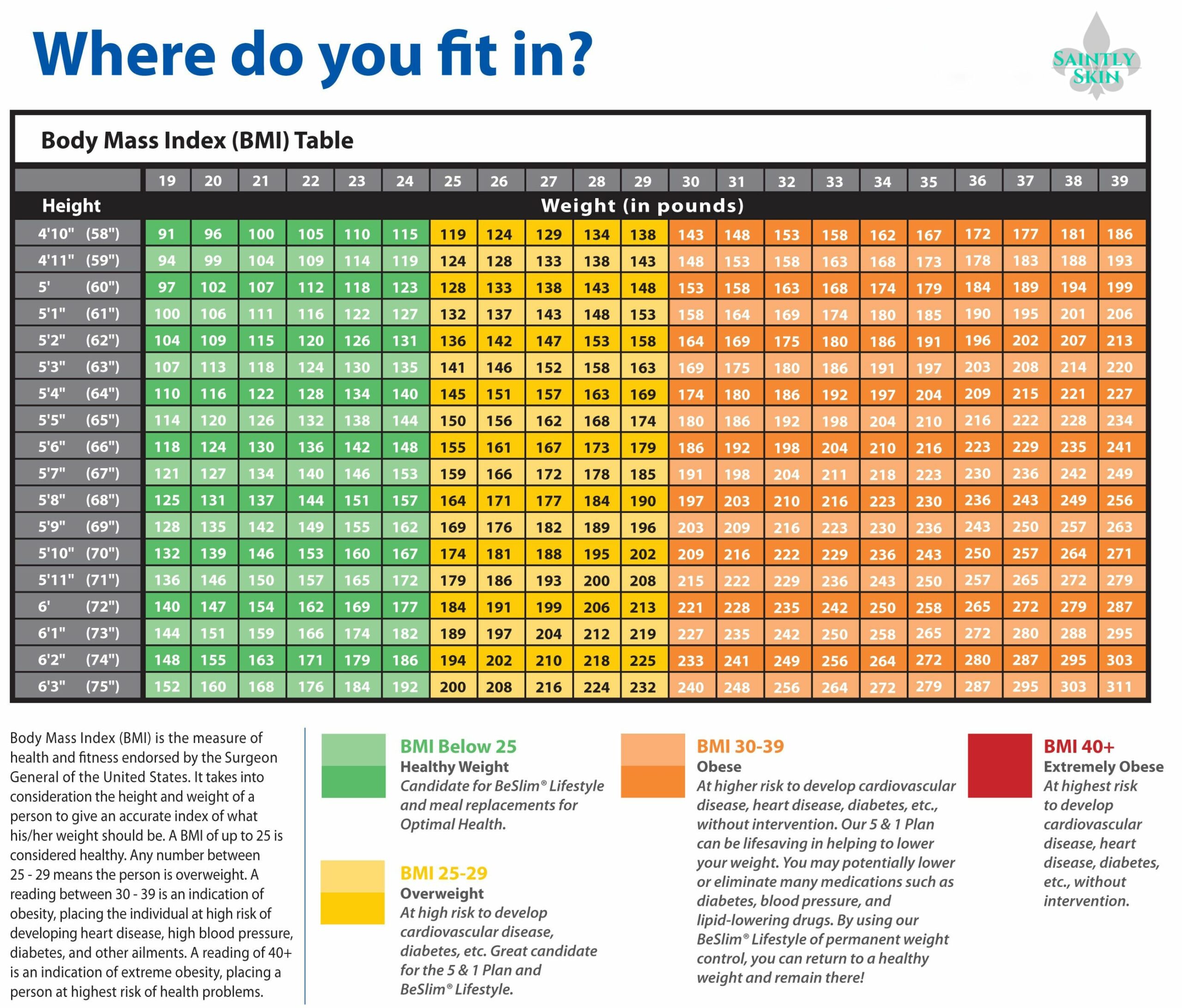Semaglutide, a glucagon-like peptide-1 (GLP-1) receptor agonist, is used to treat type 2 diabetes and chronic weight management. Understanding its dosing, measured in both milligrams (mg) and units, is crucial for safe and effective use. This guide provides comprehensive information on semaglutide dosages, including starting doses, titration schedules, maximum doses, and the importance of consulting a healthcare professional.
Decoding Semaglutide Units and Milligrams
Understanding the difference between milligrams (mg) and units is key to accurate semaglutide administration. Milligrams represent the weight of the medication, while units represent a specific quantity within that weight, much like a “dozen” represents a quantity of eggs. Different semaglutide pens or formulations might use milligrams or units, so understanding the conversion is crucial for safe and effective dosing.
Starting Your Semaglutide Journey
Your doctor will likely initiate semaglutide treatment with a low dose, typically 0.25 mg (equivalent to 5 units using a U-100 insulin syringe with a standard concentration) once weekly. This allows your body to acclimate to the medication, minimizing potential side effects. Similar to starting a new exercise routine, a gradual approach is often best. Remember, find relief from jaw pain and tension with muscle relaxers for TMJ.
Titrating Your Semaglutide Dose
Your doctor will likely increase your semaglutide dosage gradually over time, a process called titration. This is typically done every four weeks, allowing your body to adjust comfortably and minimizing side effects. This personalized approach helps find the optimal dose that provides the greatest benefit with the fewest side effects. A daily probotic may help gut health.
Here’s a typical semaglutide titration schedule:
| Weeks | Dose (mg) | Dose (units) |
|---|---|---|
| 1-2 | 0.25 | 5 |
| 3-6 | 0.5 | 10 |
| 7-10 | 1 | 20 |
| 11+ | 1.7 | 34 |
| 11+ | 2 | 40 |
| 11+ | 2.4 | 48 |
This schedule serves as a general guideline. Your actual titration schedule may vary. Your doctor will tailor the plan to your specific circumstances, considering factors like your response to the medication, other health conditions, and other medications you may be taking.
Understanding Maximum Doses
The maximum dose of Wegovy (semaglutide for chronic weight management) is 2.4 mg (48 units) per week. The maximum dose for Ozempic (semaglutide for type 2 diabetes) is also 2.4 mg (96 units) per week, but may vary based on the pen dose concentrations. Reaching the maximum dose isn’t always necessary; some individuals achieve their goals at lower doses. Explore the anti-aging properties of progeline.
The Importance of Personalized Dosing
There’s no one-size-fits-all answer to the “right” semaglutide dosage. Your doctor will consider factors like your age, kidney function, other health conditions, and other medications you’re taking to determine the most appropriate dose for you. Emerging research suggests that genetic factors may also play a role in individual responses to semaglutide.
Semaglutide: Different Forms and Dosages
Semaglutide is available in different forms, each with its own dosing guidelines:
Injectable Semaglutide (Ozempic/Wegovy)
- Dosage Measurement: Measured in both milligrams (mg) and units. The conversion between the two depends on the concentration of the semaglutide solution in the pen.
- Common Concentrations: Wegovy pens typically have a concentration of 1.34 mg/mL, whereas Ozempic pens have varying concentrations depending on the dosage strength.
- Wegovy Dosing:
- Starting dose: 0.25 mg (approximately 6 units at 2.4 mg/0.75 mL or about 20 units at 1.34mg/mL concentration) per week.
- Maximum dose: 2.4 mg (approximately 96 units at 1.34 mg/ml concentration) per week.
- Ozempic Dosing:
- Starting dose: 0.25 mg (approximately 10 units at 2.4 mg/mL concentration) per week.
- Maximum dose: 2.4 mg (approximately 96 units at 2.4 mg/mL concentration) per week. However, individualized dosing is crucial.
Oral Semaglutide (Rybelsus)
- Dosage Measurement: Measured in milligrams (mg).
- Dosing:
- Starting dose: 3 mg per day.
- May increase to 7 mg daily after one month.
- May further increase to 14 mg daily if needed.
Administering Semaglutide Injections
Accurately measuring and administering semaglutide injections is essential. Here’s a step-by-step guide focusing on the use of a U-100 insulin syringe:
- Verify: Double-check the semaglutide concentration and prescribed dose against both the pen and syringe.
- Cleanse: Clean the injection site with an alcohol swab.
- Prepare: Remove the needle cap, avoiding contact with the needle.
- Measure: Carefully dial the prescribed number of units on the syringe, verifying alignment with the mL marking. For example, 10 units should align with the 0.1 mL mark on a U-100 syringe.
- Inject: Administer the injection as instructed by your healthcare provider.
Dosage Chart (Using a U-100 insulin syringe and a standard concentration):
| Milligrams (mg) | Milliliters (mL) | Units (U-100 syringe) |
|---|---|---|
| 0.25 | 0.1 | 10 |
| 0.5 | 0.2 | 20 |
| 1 | 0.4 | 40 |
| 1.7 | 0.68 | 68 |
| 2 | 0.8 | 80 |
| 2.4 | 0.96 | 96 |
Important Note: This chart provides a general guide for a specific concentration. Always follow your doctor’s instructions, which should take precedence.
Potential Side Effects and Important Reminders
Semaglutide may cause side effects such as nausea, vomiting, diarrhea, and constipation. Most side effects are mild and temporary, but contact your doctor if you experience any bothersome or unusual reactions.
This guide is for educational purposes only and does not replace professional medical advice. Consult your doctor or pharmacist for guidance on semaglutide use, including personalized dosing and potential interactions with other medications. They can monitor your progress and make necessary adjustments to your treatment plan.
- Crypto Quotes’ Red Flags: Avoid Costly Mistakes - June 30, 2025
- Unlock Inspirational Crypto Quotes: Future Predictions - June 30, 2025
- Famous Bitcoin Quotes: A Deep Dive into Crypto’s History - June 30, 2025
















